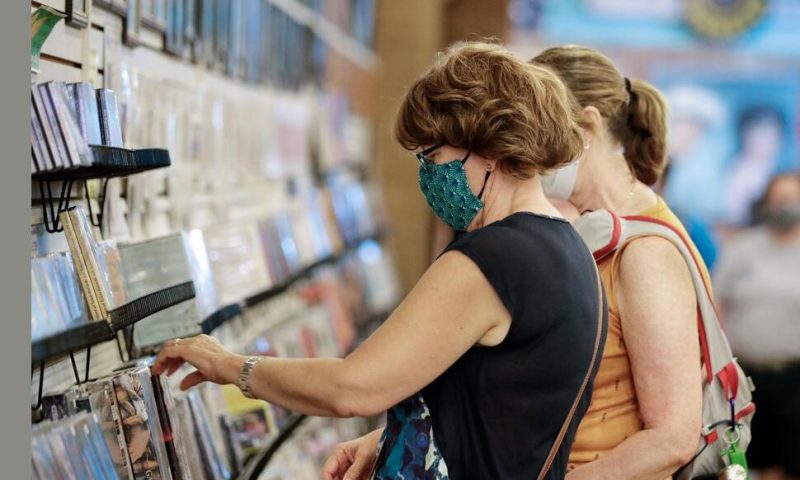After beginning the year in a buying mood, Americans slowed their spending in February as prices for food, gasoline, toothpaste and just about everything else continue to rise.
NEW YORK — After beginning the year in a buying mood, Americans slowed their spending in February as prices for food, gasoline, toothpaste and just about everything else continue to rise.
Retail sales increased 0.3% after registering a revised 4.9% jump from December to January, fueled by wage gains, solid hiring and more money in banking accounts, according to the Commerce Department. January’s increase was the biggest jump in spending since last March, when American households received a final federal stimulus check of $1,400.
Business at restaurants rose 2.5% in February, while online sales fell 3.7%. Department stores saw a 1.6% increase.
And there are new pressures that could send prices even higher, namely the Russian invasion of Ukraine. Western companies have pulled out of Russia after it sent tank columns toward the capital of Kyiv and heavily shelled the southern seaport of Mariupol and other urban centers.
Earlier this month, the Labor Department reported that consumer inflation, propelled by surging costs for gas, food and housing, jumped 7.9% over the past year, the sharpest spike since 1982. That 12-month period ended in February, meaning it does not include most of the oil and gas price increases that followed the start of Russia’s war on Feb. 24.
Crude and natural gas have spiked about 30% this year, though energy futures did retreat this week.
Many retailers are bracing for how the war will worsen supply shortages, with reports already surfacing of shortages of wheat, vegetable oils, metals, and electronic components like chips.
In addition to the Russian invasion, rising COVID-19 cases and renewed restrictions in China could intensify supply chain issues.
The National Retail Federation, the nation’s largest retail trade group, forecast that growth in U.S. retail sales this year will slow to between 6% and 8% from the record-breaking 14% annual growth rate in 2021. The group cited surging inflation, tightening of monetary policy and less fiscal stimulus. Last year’s figure marked the highest growth rate in more than 20 years. Still, this year’s sales projection is well above the 10-year, pre-pandemic growth rate of 3.7%.
The retail report released Wednesday covers only about a third of overall consumer spending and doesn’t include services such as haircuts, hotel stays and plane tickets.

